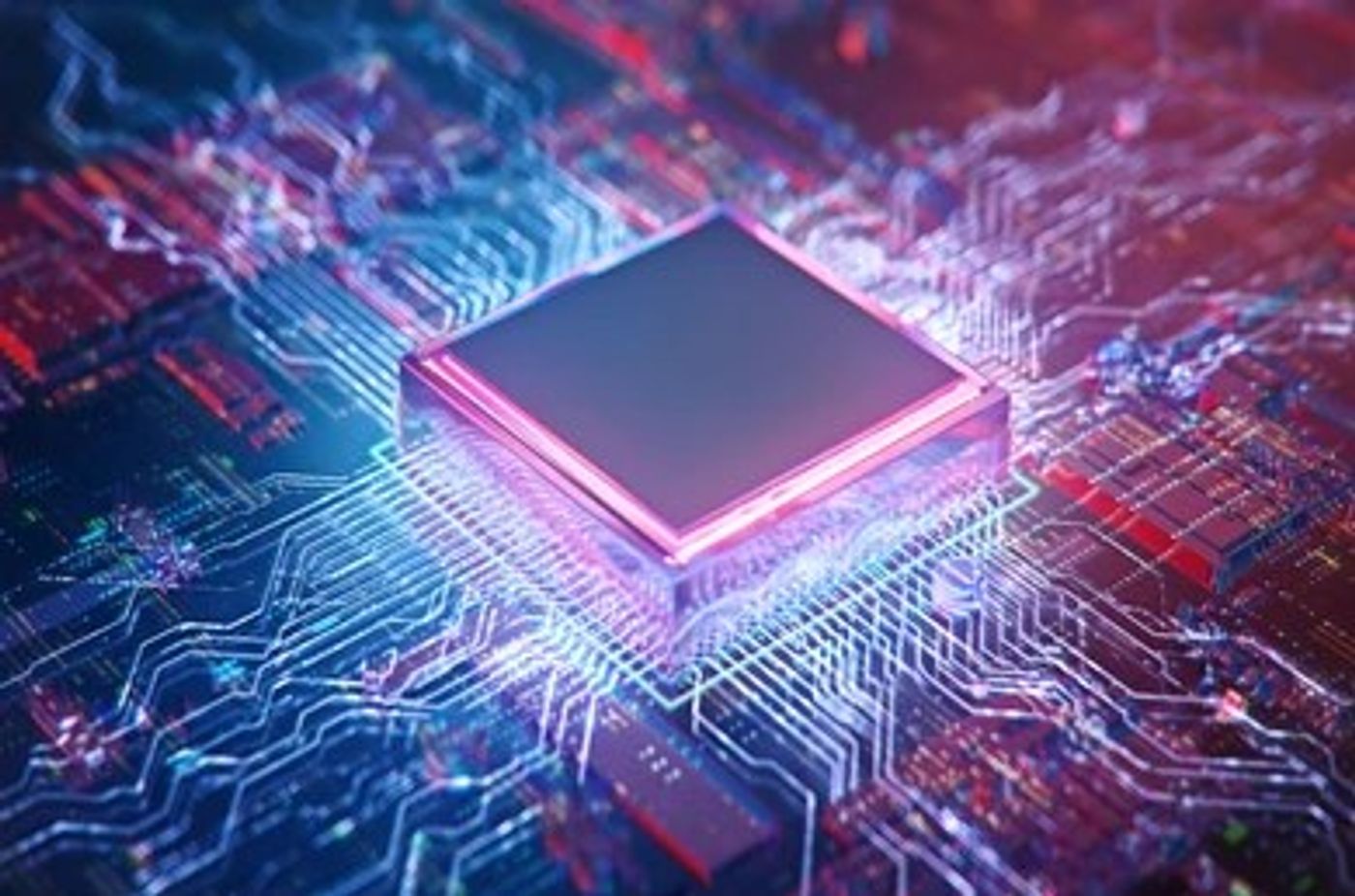The greatest semiconductor of all time?
In a recent study published in Science, a team of researchers claim that cubic boron arsenide is the greatest semiconductor material ever discovered, even greater than silicon, despite the latter being one of the most plentiful elements on Earth and the backbone to most modern technology. Boron arsenide’s greatness is due to its high mobility to electrons and holes—electrons’ positively charged counterparts—along with its excellent thermal conductivity.
While silicon allows electrons to easily zoom through its structure, it is much less obliging to holes, and controlling both aspects is important for some types of chips. Additionally, silicon doesn’t conduct heat very well, which is why computers often experience overheating issues and requires expensive cooling systems to keep them functioning properly.
Therefore, a collaborative team of researchers from the Massachusetts Institute of Technology (MIT), the University of Houston, and other institutions conducted experiments that exhibit promise for a material known as cubic boron arsenide to overcome these limitations to include demonstrating high mobility for both electrons and holes along with having excellent conductivity.
"Heat is now a major bottleneck for many electronics," says MIT postdoc Jungwoo Shin, and lead author on the study. "Silicon carbide is replacing silicon for power electronics in major EV industries including Tesla, since it has three times higher thermal conductivity than silicon despite its lower electrical mobilities. Imagine what boron arsenides can achieve, with 10 times higher thermal conductivity and much higher mobility than silicon. It can be a gamechanger."
The researchers say the thermal conductivity of cubic boron arsenide is the best of any semiconductor while also possessing the third-best thermal conductivity of any material. The top two being diamond and isotopically enriched cubic boron nitride.
"Silicon is the workhorse of the entire industry," says Gang Chen, an MIT professor of mechanical engineering and co-author on the study. "So, OK, we've got a material that's better, but is it actually going to offset the industry? We don't know." While the material appears to be almost an ideal semiconductor, "whether it can actually get into a device and replace some of the current market, I think that still has yet to be proven."
For cubic boron arsenide to become feasible on the market, Chen says, "it really requires more people to develop different ways to make better materials and characterize them." Chen went on to say that it remains to be seen whether necessary funding for the continued development of cubic boron arsenide will be available.
Sources: Science
As always, keep doing science & keep looking up!









